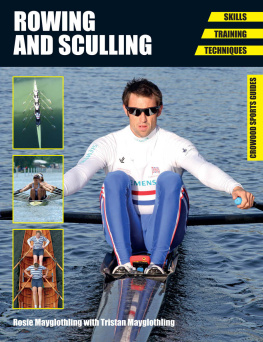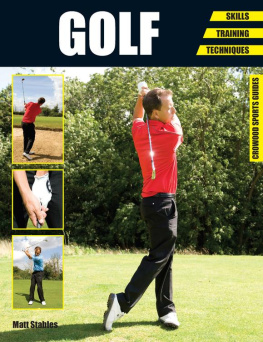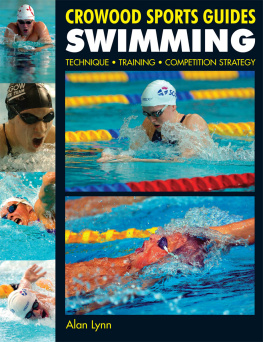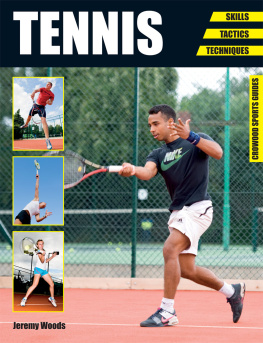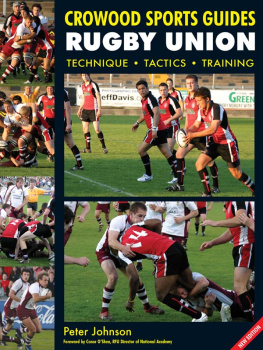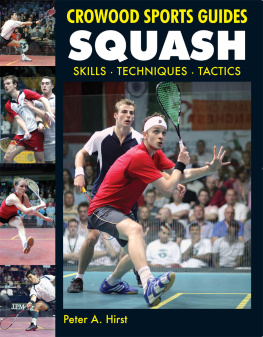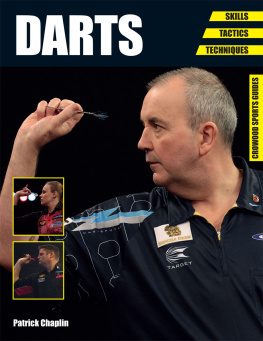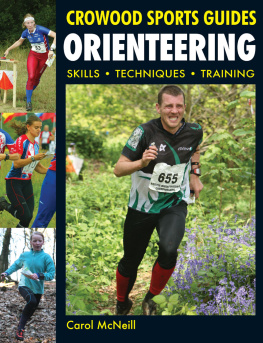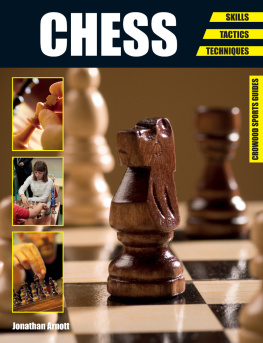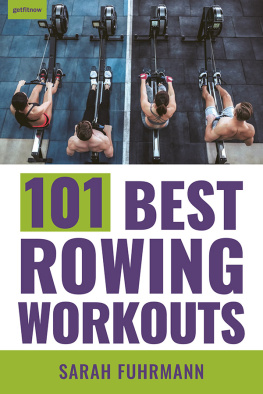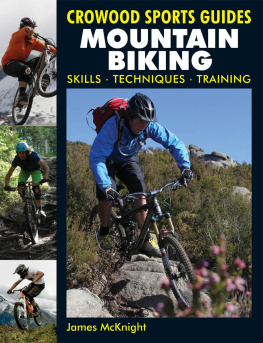
First published in 2015 by
The Crowood Press Ltd
Ramsbury, Marlborough
Wiltshire SN8 2HR
www.crowood.com
This e-book first published in 2015
The Crowood Press 2015
Text illustrations and photographs The Crowood Press
All rights reserved. No part of this publication may be reproduced or transmitted in any form or by any means, electronic or mechanical, including photocopy, recording, or any information storage and retrieval system, without permission in writing from the publishers.
British Library Cataloguing-in-Publication Data
A catalogue record for this book is available from the British Library.
ISBN 978 1 84797 747 2
Acknowledgements
We would like to thank Rebecca Caroe at Row Perfect for supplying the ergometer sequence of rowing; Miriam Taylor, Katie James, Mark Hunter, Helen Glover and Heather Stanning who all helped with and appear in the action sequences; Phil Harfield, Mark Homer and Craig Williams for keeping us on track with the science and letting us ask them lots of questions; Pangbourne College for hosting some of the photo shoots and for their rowers who helped with the capsize drill; and thanks to Andy Smith, Patrick White and Eileen Langsley who supplied some of the photos. Finally a big thank you to Don Somner who supplied most of the photos and was very patient to ensure they were right for the book.
Tristan Mayglothling also played an enormous part in compiling this book. Tristan played as many sports as possible in his teens and finally came into rowing at the age of fifteen. He raced twice at Henley and represented England in the Home Countries event in Cork in 2003. After leaving school, he completed a BTec in sports studies, combining this with coaching rowing at a local school. He was appointed as the Chief Coach for juniors at Star Club and has coached at University and school level. He is once again combining his coaching at Cheltenham College with studying for a degree in sports coaching at the University of Gloucestershire.
Photographs by Don Somner
CONTENTS
PREFACE
No matter what type of rowing you take part in, this guide should be useful for you. The principles of moving a boat and the systematic approach to training remain the same, whatever the craft you row. There has been a recent rise in popularity of rowing in a variety of craft, from traditional boats to new designs. Traditional wooden boats include the Cornish Pilot Gigs and Thames Skiffs, while modern composite materials have enabled development of the self-righting ocean-going boat and the sleek inland shell racing boats. Just being on the water, with the freedom this brings, is reward enough for many rowers. There are a variety of events for the more competitive person, with races held over various distances. Indoor rowing machines first become popular in the 1980s, with most gyms now including them as part of their suite of aerobic training machines. Inevitably this leads to competitions and challenges for their users, which also require knowledge of technique and training methodology.
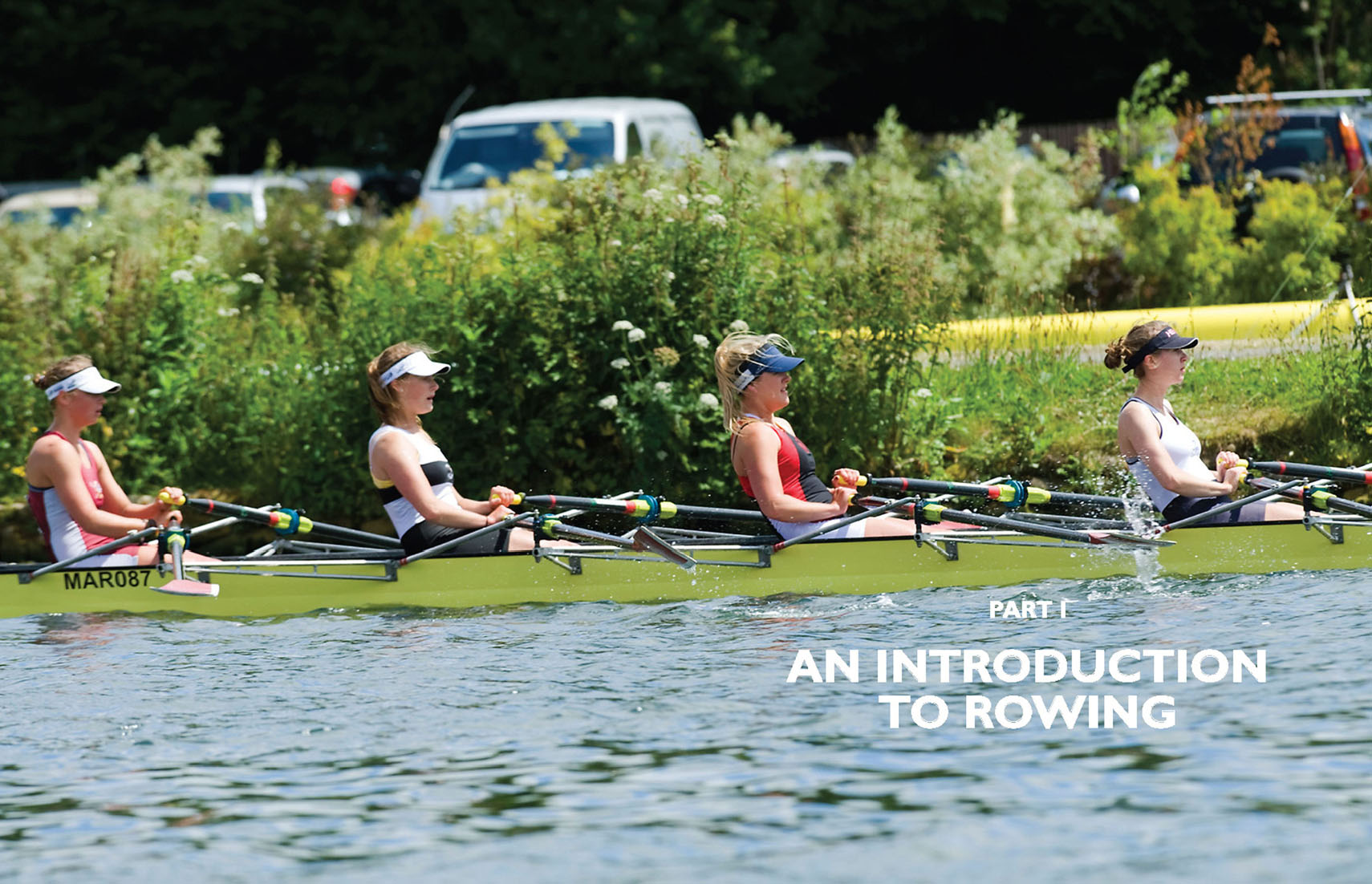
CHAPTER 1
A BRIEF HISTORY OF ROWING
Man has always found ways to exploit the local environment, including water for transport, fishing and warfare. Almost every type of craft possible has been built to go on water. Today, boats are used by a variety of local communities with access to water. The range of craft can be powered by wind, engine or man, depending on the need. If you go anywhere in the world, you will find man-powered boats that reflect both the local reasons for being on the water and the materials available. The boats are designed to cater for their protracted use and the environment in which they will be used, such as slow-moving rivers through to big surf. Many of these boats have a long history of evolution. The earliest rowing boats on record (but not the earliest boats in use) are those of the Ancient Greeks.
The Ancient Greeks
As far back as the era of the Ancient Greeks evidence exists of a warship called the trireme, which was a 170-oared boat. The Athenians were a powerful seafaring nation with a fleet of 200 triremes. The top tier of rowers were the most skilful as they had an outrigger and a significant blade angle to the water, which they could not see. The lowest level of rowers had to contend with seawater coming into the vessel, especially in rough seas. The boats could make 4 knots with half the crew rowing and achieve 8 knots as a top speed, covering between fifty and sixty miles comfortably in a day. The men were paid for their services and the boats were used in battles for ramming and boarding. A well-drilled boat was a most effective fighting machine.
The 1700s
Some of the first recorded competitive rowing races of the modern era were on the River Thames between the watermen who moved goods and people in and around London. Wagers were placed on the watermen as to who could complete a distance in the fastest time. Thomas Doggett, who used these cargo or passenger boats known as wherries frequently in London, left a legacy in 1715 to enable apprentice watermen to race each other for an annual prize. This is considered to be the oldest recurrent sporting race in existence, with the annual winner eligible to row the royal barge on state occasions.
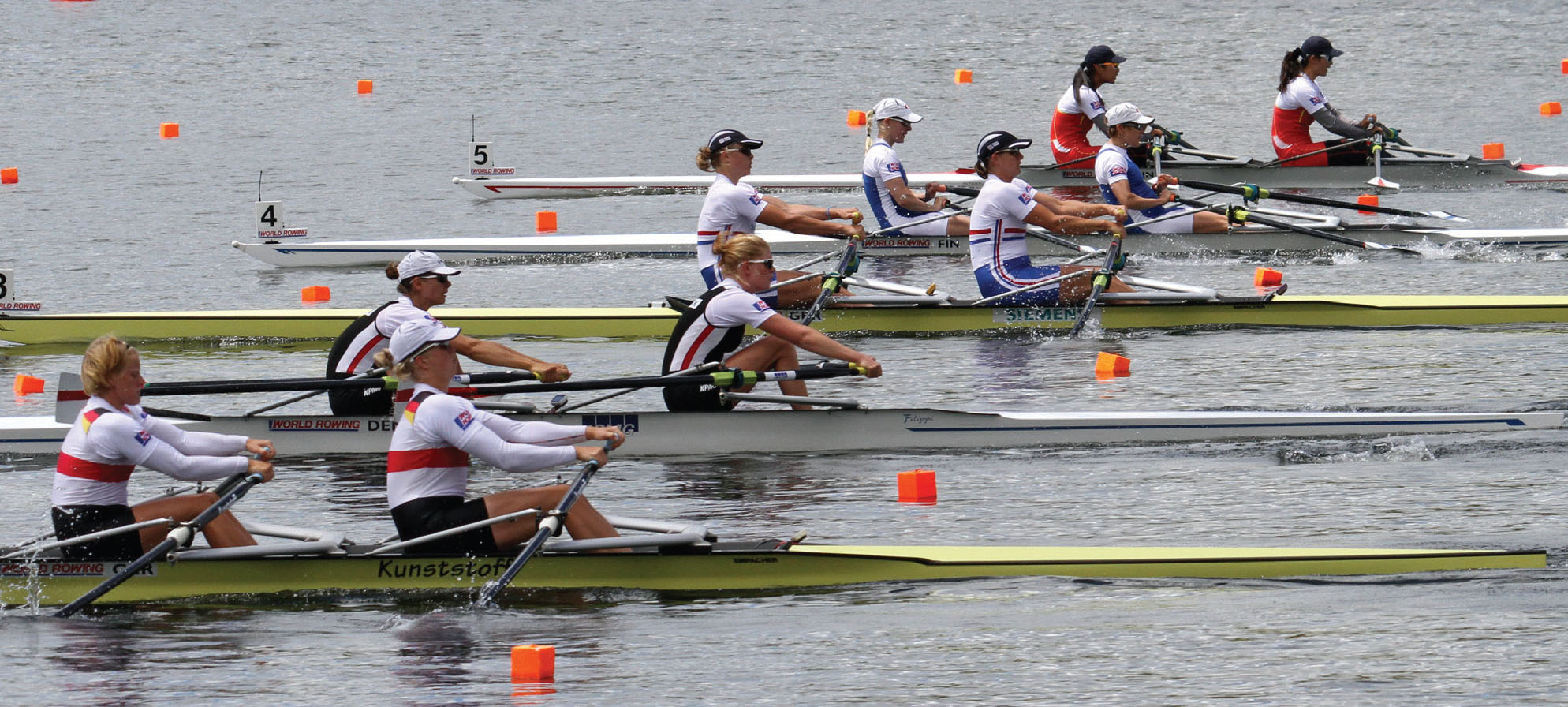
The start of a six-lane race.
Regattas and Water Festivals
The coming of the railway in nineteenth-century Britain enabled people to move around the countryside easily with tours to local towns, which led to events such as water festivals and regattas springing up. Many of these offered races for professional watermen, and fishermen and women, as well as for artisans and gentlemen. Boat hire businesses would loan out boats for crews to train and race. These were sometimes transported on the trains but more usually were supplied by the event organizers.
The prestigious Henley Royal Regatta was established in 1839 by the local mayor. The water festivals have often survived to this day as local town regattas. Almost every weekend, there are multiple events in the UK. These include:
head races, which are time trials; |
bumping races on narrow waterways, where a division of crews chase down the crew ahead; |
side-by-side racing, generally on rivers, with two to three boats; or |
multi-lane racing on lakes or man-made courses, with four to six boats. |
The Professionals
During the 1800s the professional watermen regularly held races, particularly on the Thames and Tyne. Great crowds would line the banks, with betting adding interest to the outcome of the races. The Professional World Sculling Championship was established in 1830 and was raced regularly until 1950. The sport was very popular and the champions became popular sporting heroes, as shown by the crowd of 130,000 people that lined the streets for Harry Claspers funeral procession in 1870. He was a professional waterman between the 1840s and 1860s, who had raced and won many single and crew titles. As well as being a champion rower, Harry was very influential in bringing forward many equipment developments (

